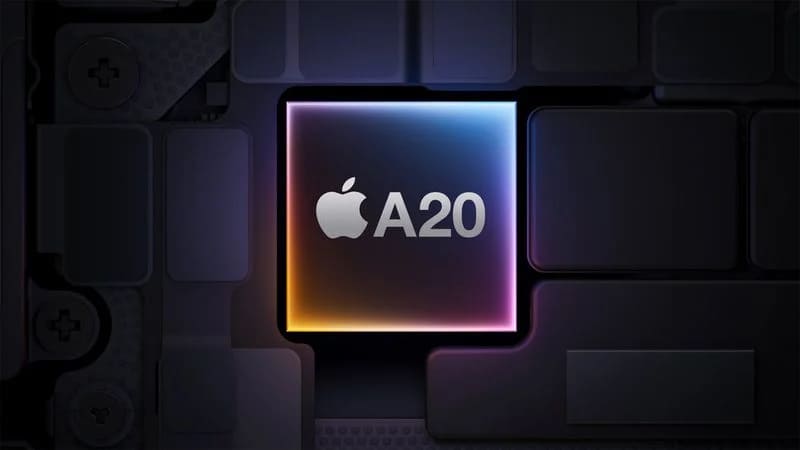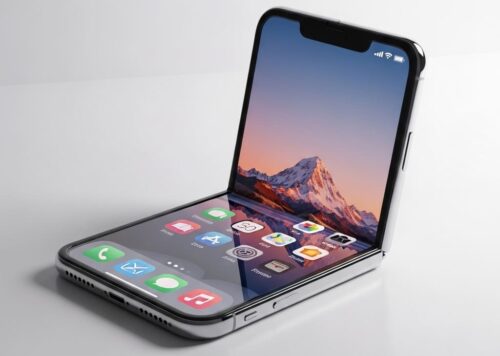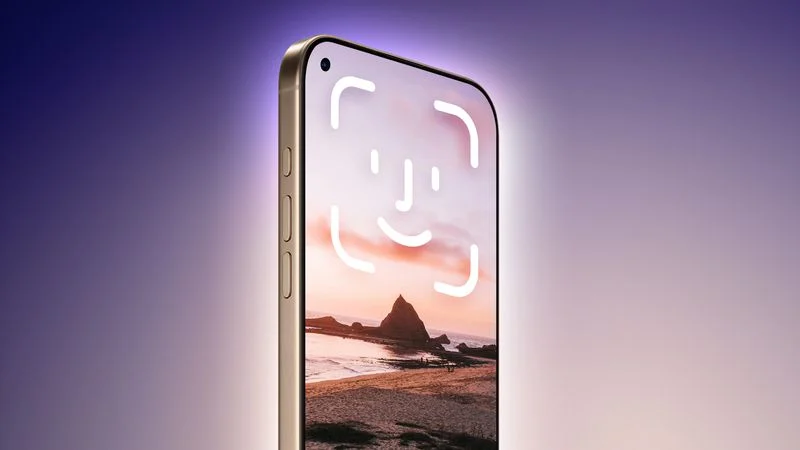The tech world is buzzing with fresh leaks about Apple’s 2026 lineup, and insiders are dropping tantalizing details about the chips set to power the iPhone 18 Pro, iPhone 18 Pro Max, and the highly anticipated iPhone Fold. According to industry sources, these devices will run on Apple’s cutting-edge A20 chip, a beast of a processor that promises to redefine performance and efficiency in smartphones. Buckle up, because this is shaping up to be a massive leap forward!
A20 Chip: The Brains Behind the Power
The A20 chip, expected to debut in the iPhone 18 Pro models and iPhone Fold, is being manufactured using TSMC’s 2nm process (N2), a significant jump from the 3nm chips used in the iPhone 16 (A18) and upcoming iPhone 17 (A19) series. This shrink to 2nm means more transistors packed into a smaller space, delivering up to 15% faster performance and 30% better power efficiency compared to the A19 chip, according to analyst Jeff Pu. This translates to smoother multitasking, faster AI processing, and longer battery life—perfect for power users and foldable enthusiasts alike.
But the real kicker? The A20 is rumored to use a Wafer-Level Multi-Chip Module (WMCM) packaging technique. This innovative design integrates memory directly onto the chip wafer, bringing the CPU, GPU, and Neural Engine closer together. The result? Lightning-fast memory bandwidth, cooler operation, and even better battery life. This could also allow Apple to mix and match CPU and GPU configurations without increasing the chip’s footprint, paving the way for slimmer devices like the iPhone Fold.
There’s also a twist in the rumor mill: a Chinese leaker, Fixed Focus Digital, has suggested that Apple might ditch TSMC in favor of Intel for the A20 Pro chip, potentially shaking up the supply chain. However, with TSMC’s 2nm production slated to begin in late 2025 and Apple as its top customer, this claim remains speculative and unconfirmed. For now, TSMC’s N2 process is the safer bet, with reported yield rates above 70%, ensuring Apple gets first dibs on these cutting-edge chips.
iPhone Fold: A Chip Built for a New Form Factor
The iPhone Fold, Apple’s first venture into foldable smartphones, is set to launch alongside the iPhone 18 series in September 2026. Insiders confirm it will also sport the A20 chip, tailored to handle the demands of its dual-display design—a 5.49-inch outer screen and a 7.8-inch inner display with a near 4:3 aspect ratio, resembling a mini iPad when unfolded. The A20’s enhanced Neural Engine will power advanced AI features, like real-time image processing for its rumored dual rear cameras (Main and Ultra-Wide) and a potential under-display front camera, all while keeping the device’s slim 4.5–4.8mm unfolded profile.
The A20’s efficiency gains are critical for the iPhone Fold, which may house a 5,000mAh 3D stacked battery based on Apple’s 2020 patents. This larger battery, combined with the chip’s power savings, could address concerns about battery life in a device with such a large, power-hungry display. Plus, the A20 will support Apple’s second-generation C2 modem with mmWave 5G, offering download speeds up to 6Gbps—perfect for streaming or downloading on the go.
iPhone 18 Pro: Pushing the Limits
The iPhone 18 Pro and Pro Max will also leverage the A20 chip’s prowess, paired with 12GB of RAM to handle Apple Intelligence tasks and heavy multitasking. The chip’s upgraded GPU, with up to six cores, will deliver a significant boost for gaming and graphics-intensive apps, supporting features like hardware-accelerated ray tracing for lifelike visuals. This is a big step up from the A18 Pro’s capabilities in the iPhone 16 Pro, which already set a high bar for mobile gaming.
Rumors also hint at a variable aperture main camera and under-display Face ID on the iPhone 18 Pro models, both powered by the A20’s enhanced processing. These features could elevate photography and security, but the iPhone Fold might skip Face ID entirely, opting for a Touch ID power button to maintain its ultra-thin 9–9.5mm folded profile.
Why This Matters
Apple’s A20 chip isn’t just about raw power—it’s about enabling the future of mobile devices. The iPhone 18 Pro and iPhone Fold are poised to set new benchmarks in performance, efficiency, and design. With the foldable market stagnating (growth slowed to 5% in 2024 and may decline in 2025, per Display Supply Chain Consultants), Apple’s entry with the iPhone Fold could shake things up, especially with a premium price tag rumored between $2,100 and $2,300.
As Apple pushes the boundaries with a creaseless display, a titanium and liquid metal hinge, and a chip that’s as efficient as it is powerful, the iPhone 18 lineup and iPhone Fold could redefine what we expect from smartphones. Will they live up to the hype? With mass production of the A20 slated for late 2025 and a reveal just over a year away, the countdown is on.
What do you think—ready to fold into Apple’s future or sticking with the tried-and-true Pro models? Let us know!


